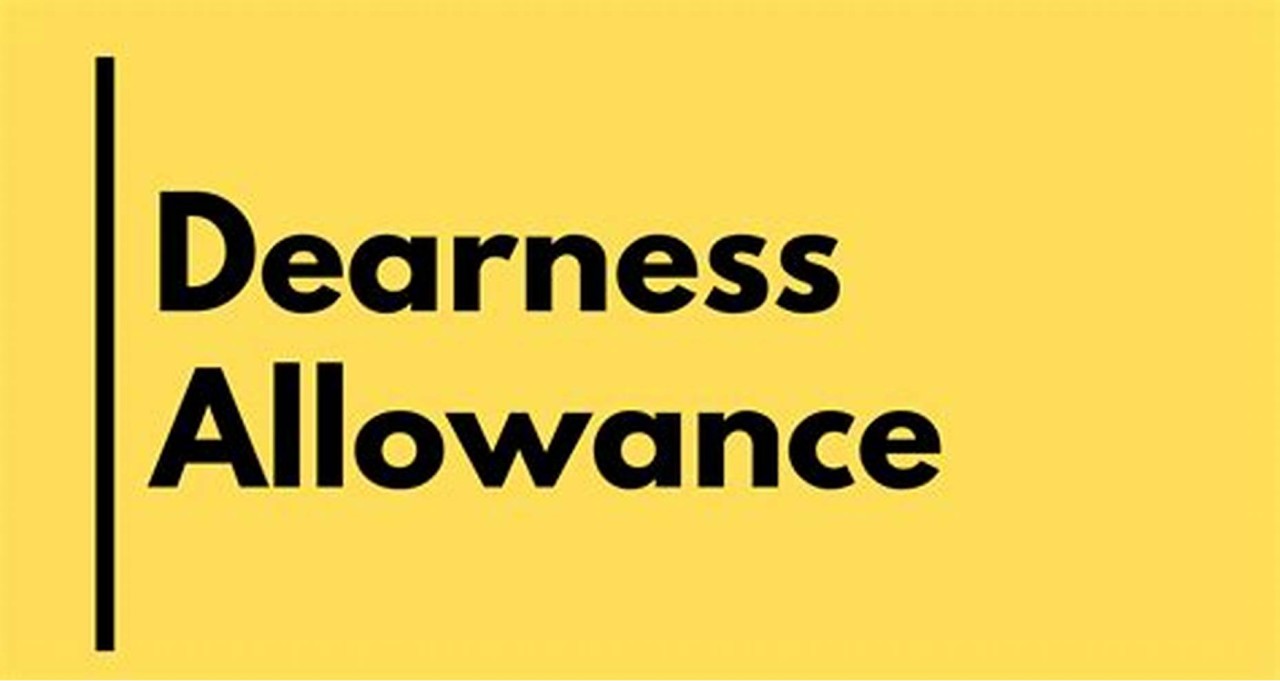Dearness Allowance (DA) is a vital component of the salary structure for employees in India, particularly those working in the public sector. It is designed to offset the impact of inflation on an employee’s purchasing power. Understanding DA and its implications can help employees manage their finances more effectively. In this article, we will decode the concept of DA, explore its types, and discuss its impact on your finances.
What is Dearness Allowance?
Dearness allowance (DA) is a cost of living adjustment allowance paid to government employees, public sector employees, and pensioners in India. It is aimed at mitigating the impact of inflation on employees’ purchasing power. The Indian government periodically revises DA based on the Consumer Price Index (CPI), ensuring employees can cope with rising prices.
Types of Dearness Allowance
There are primarily two types of DA, applicable to different groups of employees based on their work environment:
1. Industrial Dearness Allowance (IDA)
The Industrial Dearness Allowance (IDA) applies to employees working in public sector enterprises. IDA is revised quarterly based on the Consumer Price Index (CPI) to reflect changes in inflation. This frequent adjustment ensures that industrial sector employees receive timely compensation for inflation.
2. Variable Dearness Allowance (VDA)
The Variable Dearness Allowance applies to central government employees. Unlike IDA, VDA is revised twice yearly, typically in January and July. The revision is based on the recommendations of the Pay Commission and changes in the CPI. VDA ensures that government employees receive periodic salary adjustments to cope with inflation.
How To Calculate Dearness Allowance?
The calculation of DA involves a specific formula based on the CPI. The CPI measures the average price change consumers pay for a basket of goods and services over time. The government periodically revises the DA percentage to reflect inflation rates accurately. The formula used for calculating DA is as follows:
For Industrial Dearness Allowance:
DA= CPI−Base Index/ Base Index X 100
For Variable Dearness Allowance:
DA= Percentage of Basic Salary
How Dearness Allowance Impacts Your Finances?
-
Maintaining Purchasing Power
The primary role of the dearness allowance is to maintain employees’ purchasing power. As inflation rises, the cost of goods and services increases. Without the dearness allowance, the real value of employees’ salaries would diminish, reducing their ability to afford everyday necessities. By adjusting salaries to account for inflation, the dearness allowance ensures that employees can maintain their standard of living.
-
Enhanced Take-Home Salary
Dearness allowance contributes to employees’ overall take-home salary. As it is a percentage of the basic salary, any increase in the allowance directly boosts the total salary. This increment helps employees manage household expenses better, particularly during high inflation. Additionally, keeping your Aadhar card bank link status up-to-date facilitates seamless credit of your salary and allowances, making financial management more convenient.
-
Impact on Pensions
For retired government employees, dearness allowance is crucial as it impacts the dearness relief they receive. Dearness relief is the equivalent of dearness allowance for pensioners and is adjusted in line with the current dearness allowance rates. This adjustment helps retirees cope with inflation and ensures their pension retains its value over time.
How To Manage Dearness Allowance Effectively?
To make the most of your DA, consider the following tips:
1. Regularly Monitor DA Announcements
Stay informed about DA announcements and revisions. Knowing when the government is likely to revise DA can help you anticipate changes in your salary and plan accordingly.
2. Update Your Bank Details
Ensure your bank details are up-to-date, especially your Aadhar card to bank link status. This ensures that any changes in your salary, including DA adjustments, are accurately reflected in your bank account, preventing delays in salary credit.
3. Allocate Additional Income Wisely
Use the additional income from DA increases to boost your savings or investments. Consider setting up a separate savings account to keep track of your additional earnings.
4. Review Financial Goals
Revisit your financial goals periodically and adjust them based on changes in your income due to DA. This will help you stay on track and achieve your financial objectives more effectively.
Conclusion
Understanding Dearness Allowance (DA) is essential for effectively managing your finances, especially if you’re a government employee or pensioner. By keeping track of DA adjustments and how they correlate with inflation, you can better plan your budget and anticipate changes in your income. This insight lets you make informed financial decisions, ensuring your lifestyle keeps pace with the rising cost of living. As DA continues to evolve, staying informed will help you confidently navigate your financial future. Embrace this knowledge to secure financial well-being and maintain stability in an ever-changing economic landscape.

